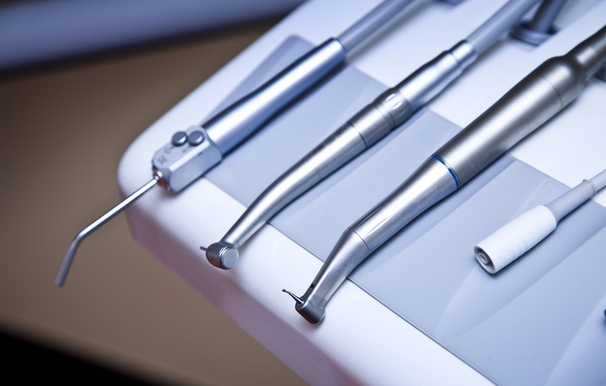Nanotech Dental Filling Kills Bacteria, Strengthens Teeth

Your next filling may do a little more to keep your teeth healthy. Researchers at the University of Maryland have created the first cavity-fillers also kill bacteria and re-grow layers of tooth, the university announced yesterday (May 1). Huakun Xu and his colleagues created a cavity-prepping mouthwash, a filling and a filling cement that include tiny, nano-size particles of silver and calcium that have a diameter roughly 1/1000th as wide as a human hair. The researchers reported on the prepping fluid in the Journal of Dental Research in April. The University of Maryland's tech transfer office now has patents pending for the new materials and is open to licensing. If a company takes up the offer , it will probably test the inventions in people and try to earn U.S. Food and Drug Administration approval to use the inventions widely.
Over the past few years, manufacturers have added nano-size silver particles to surgery instruments, bandages, home air filters and more because nanosilver kills bacteria and other microbes. Scientists haven't fully discovered how nanosilver works yet, but they think it works in part by anchoring to cell walls, which some types of bacteria cells have, but human cells don't. The nanosilver induces the cell walls to let in all kinds of junk and contaminants from the environment around the bacteria cells, eventually killing them.
Xu and his team added nanosilver to the new prepping wash and filling adhesive because the main complications of fillings happen along the edges of the original cavity, Xu said. The new filling adhesive and prepping fluid kill bacteria in the vulnerable area before dentists add the filling. "These are the first things that cover the internal surfaces of the tooth," Xu said. The primer and adhesive also flow into tiny spaces inside the tooth, he added.
Meanwhile, calcium phosphate nanoparticles in the adhesive and in the filling itself add important minerals to the teeth, Xu said.
The research team members hope their nano additions will help fillings last longer than the usual five to 10 years, though they haven't yet tested if that's true. So far, they've only tested the new materials on bacteria harvested from people's teeth and grown in lab. They plan to study the primer, adhesive and filling in animal teeth and human teeth next.
This story was provided by InnovationNewsDaily, a sister site to LiveScience. Follow InnovationNewsDaily on Twitter @News_Innovation, or on Facebook.
Sign up for the Live Science daily newsletter now
Get the world’s most fascinating discoveries delivered straight to your inbox.










